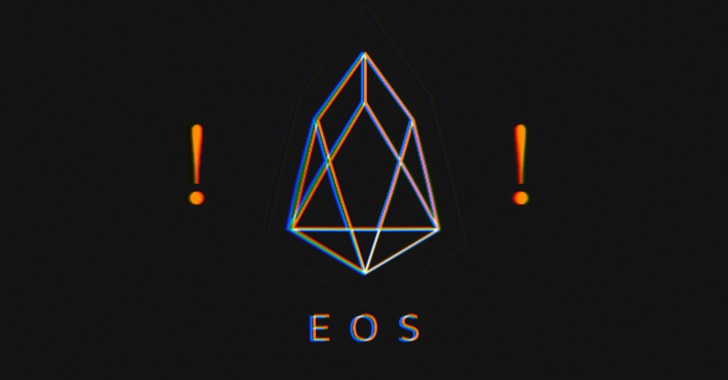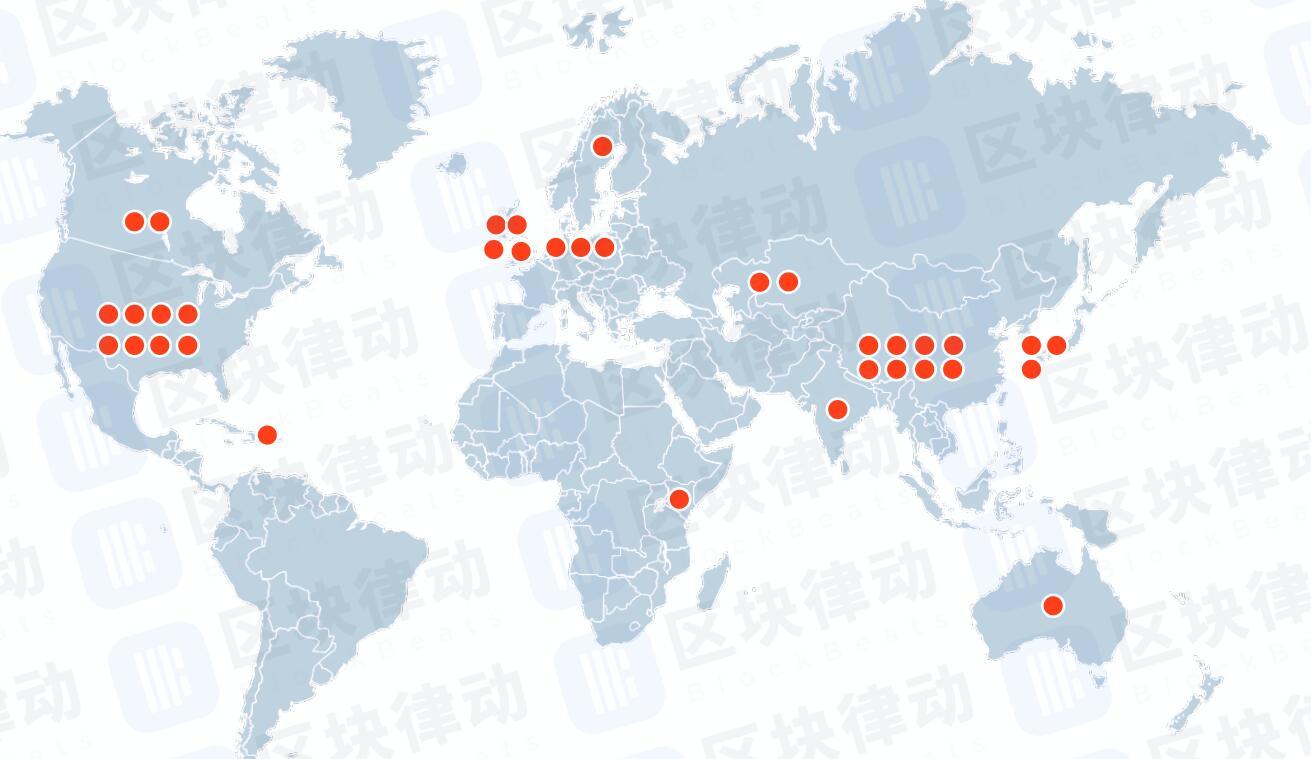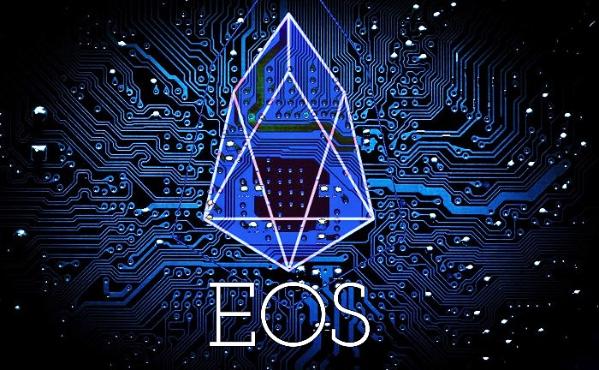
2023-3-23 01:11 |
With many blockchain solutions for developers to choose from, providers need to have differentiation points to make them attractive to developers and users. EOS (EOS) and Polkadot (DOT) are two blockchain developers with pioneering innovations that make them stand out, but investor returns are slower than expected. Meanwhile, TMS Network (TMSN) is making itself an attractive alternative to investors.
Polkadot (DOT) – Parachains Deliver, But Not EnoughPokadot uses a “parachain auctions” mechanism to differentiate itself from the other blockchain providers. Unlike other blockchain ecosystems, where projects can launch their blockchain or token on the network without any constraints, Polkadot (DOT) requires projects to compete for a limited number of slots on the network called “parachain slots.”
Projects have to participate in a Polkadot (DOT) “parachain auction” to secure one of these slots, where they bid by locking up Polkadot (DOT) tokens. The winner is determined using a “candle auction” mechanism, which involves ending the auction randomly, unknown to the bidders, to discourage last-minute bidding strategies.
The parachain auction process ensures that only projects with significant backing and support from the community can secure a slot on the Polkadot (DOT) network, encouraging high-quality projects and maintaining the overall health of the Polkadot (DOT) ecosystem.
Polkadot (DOT) rallied a respectable 10% during the last 60 days, but market experts think the token isn’t doing as well as it could and think there may be better tokens to invest in.
EOS (EOS) – Fee-Less Transactions Not Delivering Expected ProfitsEOS (EOS) is designed to develop and deploy decentralized applications (dApps). To distinguish itself from the pack, EOS (EOS) has a unique approach to transaction fees. Unlike most other blockchain platforms, EOS (EOS) uses a “fee-less transactions” model for its users.
This model is based on the principle of resource allocation. Instead of charging transaction fees, EOS (EOS) allocates resources like CPU, NET (network bandwidth), and RAM (storage) to its users based on the number of EOS (EOS) tokens they hold or stake. The more EOS (EOS) tokens a user stakes, the more resources they are allocated, allowing them to perform transactions and interact with dApps without paying explicit fees for each transaction.
This fee-less transaction model is designed to attract developers and users to build and use dApps on the EOS (EOS) platform by reducing the friction and costs associated with executing transactions on the blockchain. It promotes scalability, and EOS (EOS) aims to offer a more user-friendly experience.
As with Polkadot (DOT), EOS (EOS) returns over the last 60 days are hovering around the 10% mark.
TMS Network (TMSN) – Decentralized Exchange Picks Up Speed After Blistering StartNewcomer TMS Network (TMSN) is setting itself apart from other exchanges in more ways than one. Firstly, TMS Network (TMSN) is fully decentralized. Built on the Ethereum blockchain, TMS Network (TMSN) gives ownership to those who hold $TMSN tokens. Those with the token benefit in several ways, but primarily through voting rights on governance matters and a commission structure where token holders share global trading income.
Another way TMS Network (TMSN) is raising its hand to be the dominant exchange is its capacity to trade cross-chain and across the digital divide. TMS Network (TMSN) token holders can use cryptocurrencies to trade in derivatives, making it a one-stop-shop for all trading needs.
However, TMS Network (TMSN) is more than a mere trading platform; it is a fully-fledged investment toolbox. With trading bots, strategy planners, and an entire library of educational materials, TMS Network (TMSN) focuses on giving traders the best information available to its users.
TMS Network (TMSN) is already rallying and has sold out the first phase of its presale in under two weeks, generating $500k in liquidity. It is not too late to get in early, and TMS Network (TMSN) tokens are now available at $0.038.
Find out more about the TMS Network (TMSN) presale below:
Presale: https://presale.tmsnetwork.io
Website: https://tmsnetwork.io
Telegram: https://t.me/tmsnetworkio
Discord: https://discord.gg/njA95e7au6
Disclosure: This is a sponsored press release. Please do your research before buying any cryptocurrency or investing in any projects. Read the full disclosure here.
origin »EOS (EOS) íà Currencies.ru
|
|













